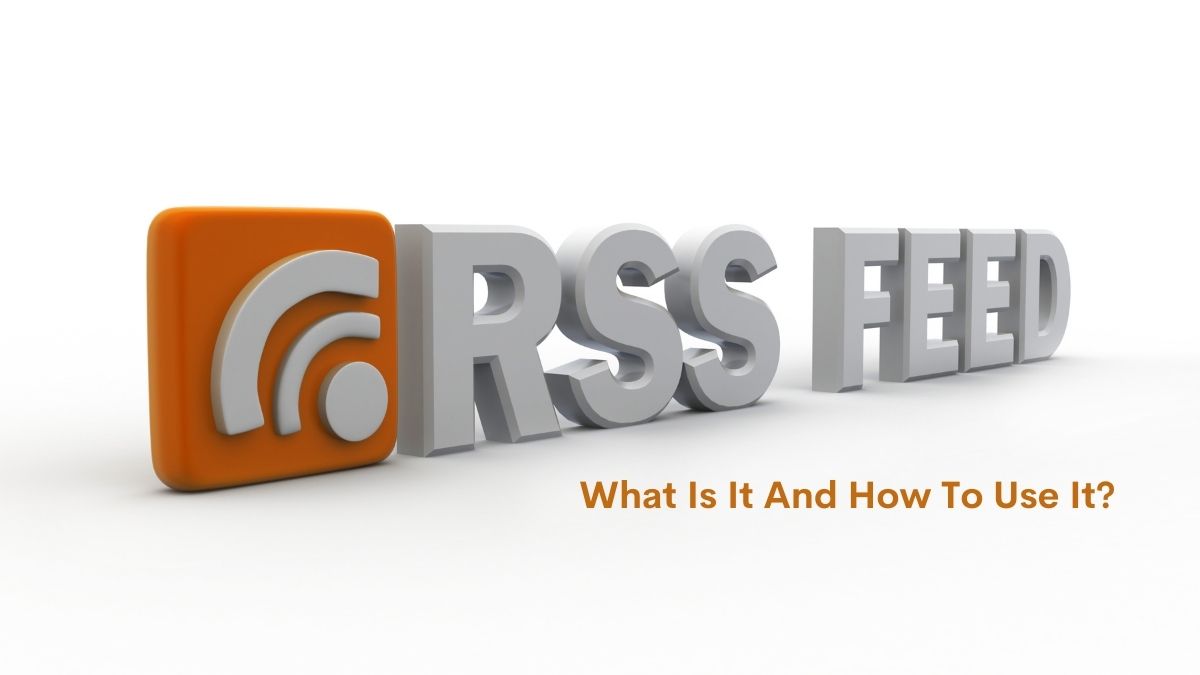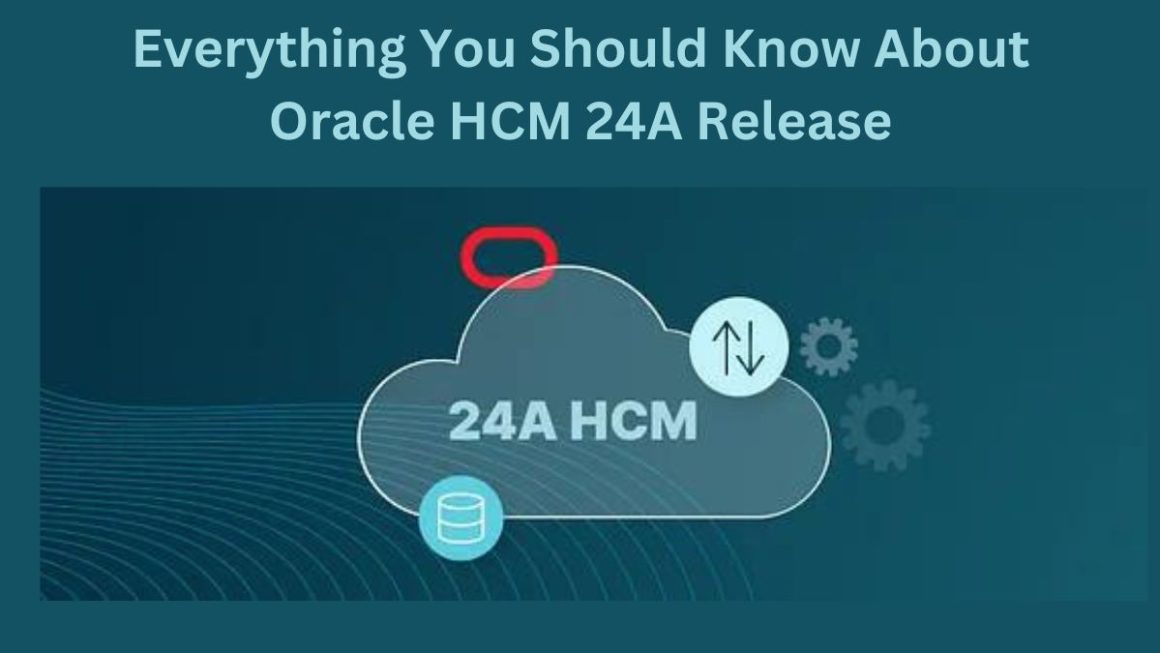You might have heard a little bit about the resurrection of RSS! Not a few people have been talking about the importance of RSS and its inevitable return to the spotlight, but we’re not quite there yet.
If you don’t know much about RSS feeds and how to use them (more importantly why even bother in the face of so many different types of apps), you’re in the right place. We’ll give you a short, but impactful 101 course on all you need to know about RSS feeds.
We begin with the most important question.
Table of Contents
What Is An RSS Feed?
Depending on who you ask, RSS is either Really Simple Syndication or Rich Site Summary. It’s the protocol that allows for users to consume content published on different sites simultaneously through a third-party client (RSS feed reader). This whole process is made possible by RSS feeds.
RSS feeds are XML files that automatically update information and can be read by a computer – you can find them in the source code of a site, if you’re looking. The important thing is that these RSS feeds update whenever a new post is published on the site.
An RSS feed reader fetches information from these and converts them into content, which users can read on the reader itself rather than the website. All this is done in real time, so no more need to refresh your favorite sites’ homepages.
How Does It Work?
Using an RSS feed reader is not rocket science. Whether you want to follow a blog or a podcast, you have to find the site’s RSS feed. This used to be easier back when sites promoted RSS, but there are tricks to getting around this. Even when there’s no RSS feeds at all. Or you can take an easier route and leave the work to the RSS reader. Inoreader’s browser extension for Chrome can detect and subscribe users to the RSS feed on a given website.
Once you’ve added a subscription, you’ll immediately receive new updates as they come along in your reader. That’s about it.
How Does The Information Look Like?
RSS feed readers are designed to be intuitive, which makes them a low entry level tool meant for the use of every type of person. Once you open your reader, you’re greeted by all new headlines from all your current subscriptions. The information is very much laid for quick browsing – only a headline, source, a time stamp and a little bit of text. Of course, this varies from reader to reader. What doesn’t vary is that every new post is displayed in chronological order from newest to oldest so you’re always on top of fresh content.
You scroll through the new headlines and find something you want to read. Some RSS readers are able to display the article in its entirety complete with media files as in pictures, videos and also embedded social media posts. This means the whole reading is done within your reader and you’re even able to share on social media through the reader. Inoreader does that. Other readers provide a description or excerpt of the article and when you click on it, you’ll be directed to the original source.
How Can It Be Useful For You?
You have everything in one place
I can’t overstate the convenience of having every major blog, news site or online magazine in one location. It helps with my time management, because I don’t get into a repetitive cycle of hopping from site to site, and it improves my focus in a major way. I think we’ve all been impacted by both social media’s strategies to keep your attention and the stress of going through a pandemic, so to slowly reclaim my focus has been a blessing.
Also, when I say everything, I do mean everything. In the past, readers were able to handle mainly text content – blog posts, articles, comments, forum posts. Today, you can integrate RSS readers with just about everything. Declutter your inbox from newsletters, redirect new job postings from job sites, have YouTube videos delivered.
You can easily discover the best on the web
Content curation is one of the big, big advantages to RSS feed readers. But now there’s another – content discovery. Developers prioritize this feature in order to keep user engagement and maintain a high satisfaction rate. I’ve never been particularly good at discovering new sites on anything on my own. Through feed readers I’ve had much more success in that department.
Inoreader, for instance, heavily invests in content discovery. Primarily this happens through the discovery zone, which organizes the most popular feeds on its database, in neat categories. But if you upgrade to one of the paid subscriptions, you unlock a lot more power.
One of the more interesting features is the ‘As if by Magic’, which recommends articles similar to what you’re reading based on relevance and not necessarily popularity. Or you can turn to global search for new results from every single site that’s in Inoreader’s database. That eliminates all the white noise and useless search results that pop up on Google because of SEO.
Saves You Time
Most importantly – you have a lot more time on your hands.
All this is due to the blessings of automation. RSS is one of the earliest examples of automation on the Internet. It popped up as soon as there was a need for a way to read more articles and posts in less time. It continues to do so today. There’s no more need for menial and repetitive tasks such as loading a website, scrolling through the homepage, then repeating this ad infinitum.
Plus, RSS readers have now migrated from the browser to your mobile devices. As long as you’ve data, you have all your subscriptions following you, which makes riding the public transport or an overlay at a random airport less boring.
Also Read : 5 Ways To Increase Backlinks Naturally – What Are Quality Backlinks?




